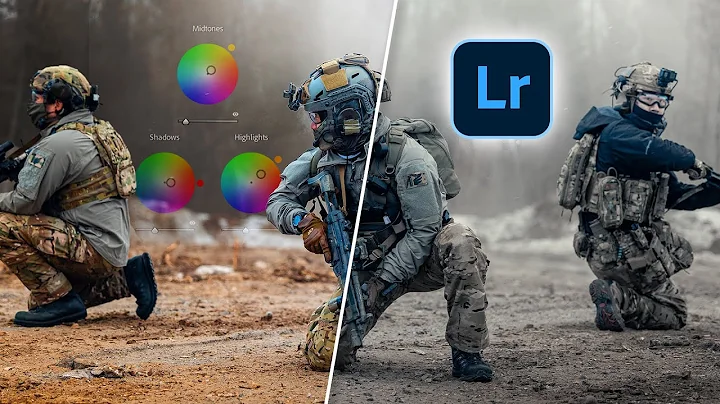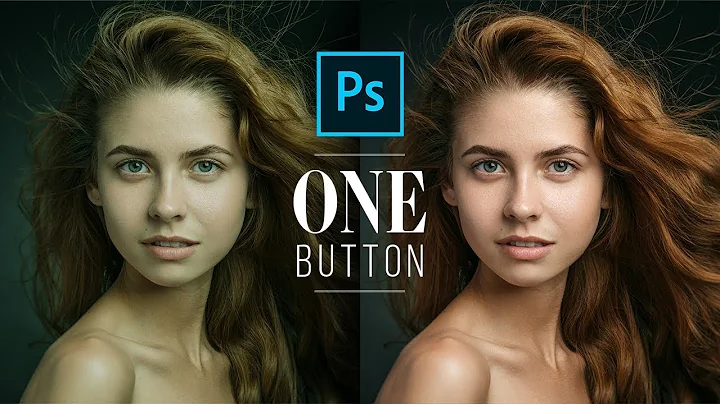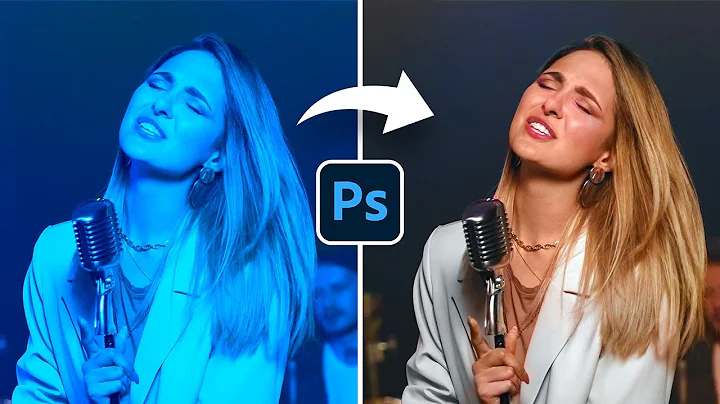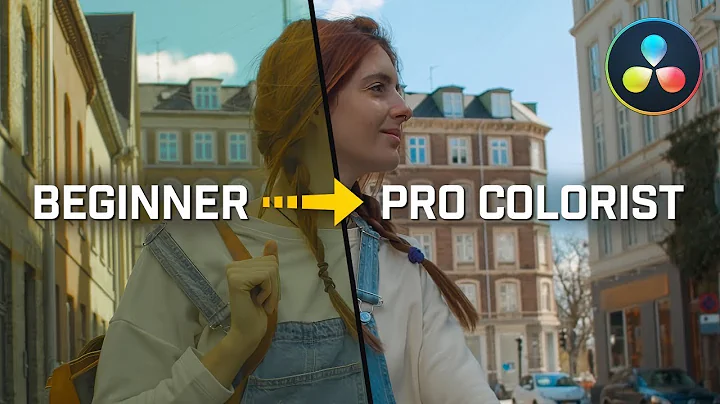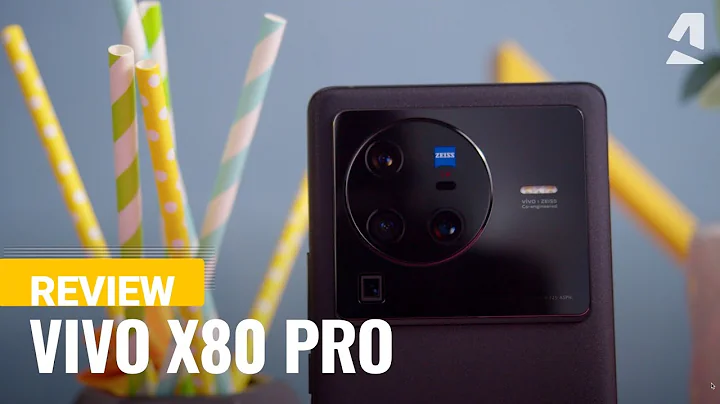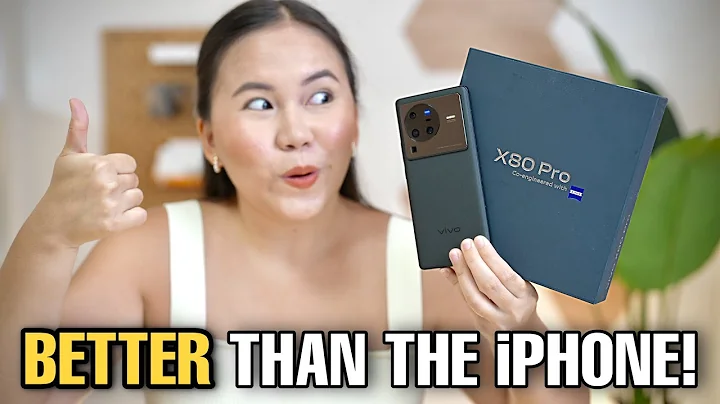is not about imitating any style, nor is it about unifying the colors, nor is the effect completely different from the original image; just the right color adjustment does not change much from the original image.
1, style
Style only reflects differences, and basic laws reflect levels. This is what the old principal of the Central Academy of Fine Arts teacher Jin Shangyi said, and I have been emphasizing this on the public account.
Many people like to imitate "what style" and "what style" when coloring, imitating what colors are preferred for surface highlights, dark areas, etc., what hues, saturations, etc. are used; those so-called styles are not because of which colors are good-looking. , but because the basic laws of the picture conform to the laws of beauty.
is like using 3dlut, presets, and various color filters. This only changes the color of the photo, not toning it; it's like every photo has a different disease, and it must be treated with the same medicine. It's a disease, it's called quack medicine; luckily photo editing won't hurt people's lives, if it can really kill people, I guess the photo studio industry won't be able to stand.
2, unified color
You can take a look at the following two recent films by Teacher Chen Man. In the early stage, they wanted color contrast, but in the later stage, the colors were unified. Why do I say that in the early stage, I wanted color contrast?
If you don’t want to just paint the boat in a neighboring color, it’s a very small investment for such a large production. But I didn’t know how to adjust such colors in post-production. In order to harmonize the picture, I adjusted the yellow and cyan colors to be cooler and darker, trying to integrate them into the film.
Yes, this will indeed be harmonious, but it is relatively rudimentary; the color of the entire film has lost the temperament of the picture, the color does not have the effect of setting off the picture, and it makes the picture very bland.


3. The difference between the rendering and the original image
Scrap pictures must undergo extensive modifications, but more professional pictures do not require much modification, except for the kind of colors that cannot be done in the early stage or the films that need to be synthesized .
Photographers make films through planning, especially professional photography; what light and shadow to use, what props to use, what color props to use, what kind of picture contrast to use, the black and white ratio in the picture, what colors need to be in the picture, etc. .
During the shooting process, the photographer has almost planned the effect. After taking the picture, he needs to make the picture more ideal and artistic according to the photographer's ideas in the later stage; it is not about taking a picture and modifying it into something. Such a style, unified colors, and what a huge change it makes to change the renderings.
What I mean by idealization and artistry is something that photography cannot do. It does not mean that there are big changes.



